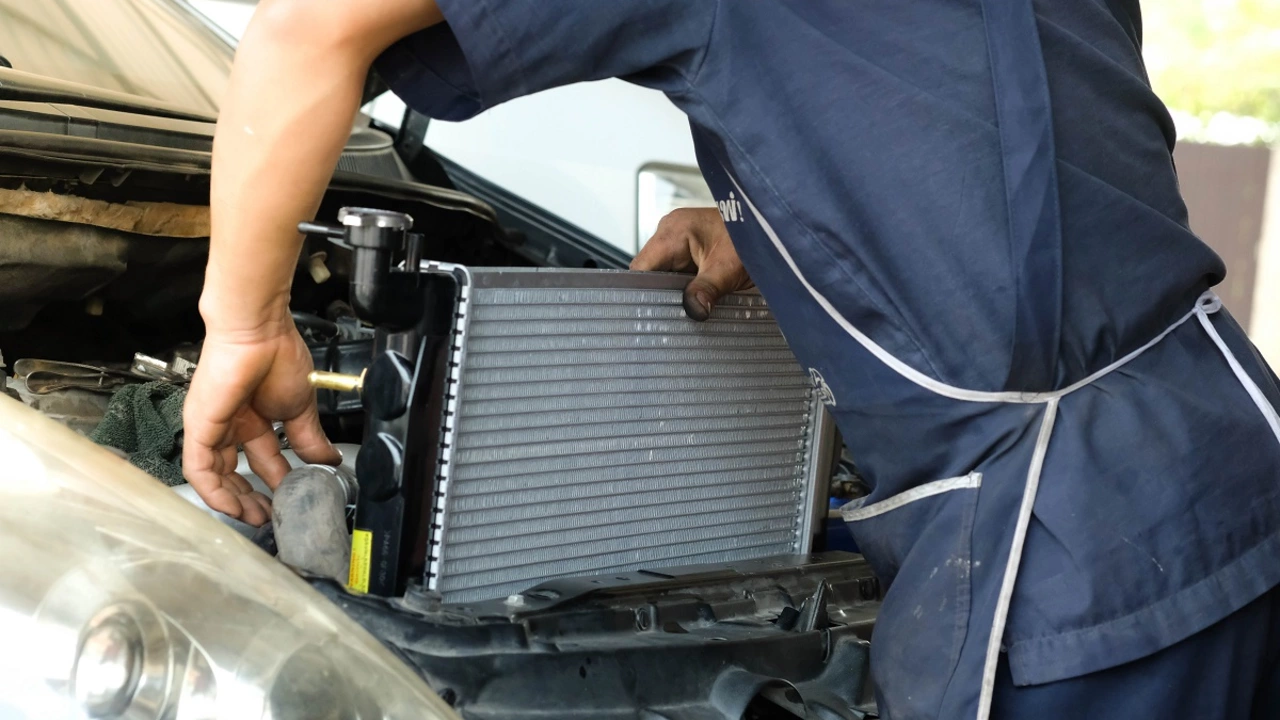Vehicle Maintenance: Simple Tips to Keep Your Fleet Running Smooth
Got a fleet of trucks or a single delivery van? You know that one breakdown can throw off the whole schedule. The good news is that most problems are preventable with a few easy habits. Below you’ll find the everyday actions that keep engines happy and the bigger services that save you cash in the long run.
Daily Checks That Save Money
Before you hit the road each morning, take a minute to do a quick visual sweep. Look at the tire pressure – under‑inflated tires chew up fuel and wear out faster. A handheld gauge takes seconds, and most stations have free air pumps.
Next, peek under the hood. Check oil level, coolant, and brake fluid. Low fluid levels may not trigger a warning light right away, but they can cause overheating or brake fade in a pinch.
Don’t forget the lights. Flip the headlamp switch and walk around the vehicle. A burnt‑out headlamp or turn signal not only fails a safety check but can land you a fine.
While you’re out there, listen for odd noises. A squealing belt or a rattling exhaust often points to a loose component that needs tightening before it turns into a costly repair.
Scheduled Service: When and Why
Most manufacturers recommend service intervals based on mileage or time, whichever comes first. Stick to those guidelines; they’re designed to catch wear before it becomes a failure.
Oil changes are the cornerstone of engine health. Fresh oil lubricates moving parts, reduces friction, and carries away heat. Change the oil and filter at the interval your vehicle’s manual suggests – usually every 5,000 to 7,500 km for modern diesel engines.
Brake pads wear down faster on heavy‑load routes or hilly terrain. Replace them before they get too thin; slipping brakes are dangerous and can damage rotors, which are pricier to fix.
Transmission fluid often gets ignored, but it’s vital for smooth gear shifts. A fluid change every 40,000 to 60,000 km keeps the gearbox cool and prevents internal wear.
Don’t overlook the suspension. Shock absorbers and bushings absorb road bumps, protecting the chassis. If you notice a dip in ride comfort or uneven tire wear, it’s time for a check‑up.
Keeping records is half the battle. Log each service, fluid top‑up, and tire rotation. A well‑maintained log helps you spot patterns – like a recurring coolant leak – and it adds resale value if you ever sell the vehicle.
Finally, train your drivers. A driver who knows how to spot a leak, monitor tire wear, and report early signs of trouble becomes an extra set of eyes for the fleet manager. Simple reminders – “check the oil dipstick every week” – go a long way.
Vehicle maintenance doesn’t have to be a headache. With a few daily habits and a solid service schedule, you’ll keep your trucks on the road, cut down on surprise repairs, and stretch every rupee you spend on fuel and parts. Give these tips a try today and watch the difference it makes for your bottom line.

What are the implications of an object in a car radiator?
Having an object in your car radiator can lead to serious issues. It can obstruct the flow of coolant, causing your engine to overheat and potentially leading to costly repairs or even engine failure. Additionally, the object might damage the radiator itself, causing leaks. It's important to regularly check and maintain your car's radiator to prevent such problems. If you suspect something's amiss, get it checked by a professional immediately.
View more